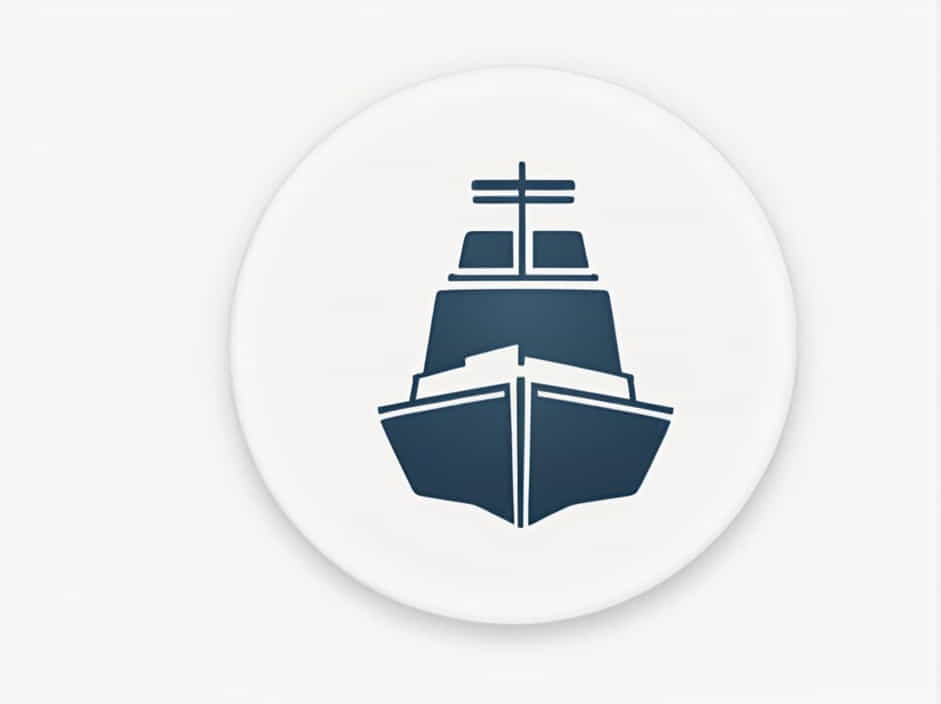The stern of a boat is one of the most important structural components of a vessel. It refers to the rear or back section of the boat, opposite the bow (the front). Understanding the stern is crucial for navigation, stability, propulsion, and overall boat performance.
In this topic, we’ll explore the function, design, and importance of the stern, along with how it affects a boat’s handling and efficiency.
Understanding the Stern of a Boat
The stern is the aft-most (rear) part of a boat. It plays a key role in housing propulsion systems, improving stability, and providing space for various functions.
Depending on the type of boat, the stern can serve different purposes, such as:
- Mounting the engine or rudder
- Supporting passengers and cargo
- Enhancing hydrodynamic performance
- Providing access for boarding or fishing
The Purpose and Function of the Stern
1. Supports the Propulsion System
Most boats have their outboard motor, inboard engine, or stern drive mounted at the stern. This positioning helps distribute weight efficiently and keeps the vessel balanced.
2. Improves Stability and Buoyancy
A well-designed stern enhances a boat’s stability, preventing excessive tilting or swaying. The stern’s shape and width affect how smoothly the boat moves through water.
3. Provides Space for Activities
On many boats, the stern features:
- Seating areas for passengers
- Fishing platforms
- Swim ladders and boarding areas
- Storage compartments
4. Assists in Steering and Maneuverability
The rudder and steering components are often located near the stern, allowing for precise control and smooth navigation.
Types of Stern Designs
Different boats have various stern designs, each tailored for specific needs and water conditions.
1. Flat Stern
- Common in small fishing boats and canoes
- Provides stability and easy maneuverability
- Ideal for shallow waters
2. Transom Stern
- One of the most popular stern designs
- Features a flat vertical surface where an outboard motor can be mounted
- Found in speedboats, fishing boats, and recreational vessels
3. Round Stern
- Offers smooth water flow and reduces drag
- Common in sailboats and luxury yachts
- Improves stability in rough seas
4. Elliptical Stern
- A curved, aesthetically pleasing design
- Used in classic yachts and traditional sailing ships
- Provides better hydrodynamic efficiency
5. Reverse Stern
- Angles forward instead of backward
- Found in modern high-speed boats
- Enhances speed and wave-cutting ability
6. Cruiser Stern
- Provides extra deck space
- Found in narrowboats and canal boats
- Designed for comfort and passenger seating
How the Stern Affects Boat Performance
1. Speed and Efficiency
A well-designed stern reduces drag, allowing a boat to move more efficiently. Racing boats and performance yachts often have sleek, hydrodynamic sterns for maximum speed.
2. Handling and Maneuverability
The stern influences how a boat responds to steering. A wider stern offers more stability, while a narrower stern improves turning ability.
3. Comfort and Accessibility
Boats used for recreation, fishing, and luxury cruising often feature a wider stern with seating areas, swim platforms, and access points.
4. Safety and Wave Resistance
A well-structured stern prevents water from flooding the boat. Boats navigating rough seas or strong currents benefit from a stern that effectively disperses waves.
Key Features Found on the Stern
Different types of boats have specific stern components that serve practical functions:
- Transom: The flat surface at the stern where an outboard motor is mounted
- Swim Platform: A flat, extended area for boarding or swimming
- Stern Ladder: A foldable ladder for water access
- Stern Cleats: Metal fittings for tying ropes and securing the boat
- Rudder: A steering component attached to the stern
- Exhaust Port: Found on inboard-engine boats to release fumes
How to Maintain the Stern of a Boat
1. Regular Cleaning
Saltwater and debris can damage the stern over time. Rinse it thoroughly with fresh water after each trip to prevent corrosion.
2. Check for Cracks and Damage
Inspect the transom and hull for any cracks or structural weaknesses that could affect the boat’s integrity.
3. Ensure Proper Engine Mounting
For boats with an outboard motor, ensure the engine is securely attached to the stern to prevent accidents.
4. Maintain Steering Components
Regularly check the rudder, cables, and trim system to ensure the boat handles properly.
5. Protect Against UV and Water Damage
Use protective coatings, wax, or paint to prevent damage from sun exposure and harsh marine conditions.
Common Mistakes Related to the Stern
1. Overloading the Stern
Placing too much weight at the stern can cause the boat to sit too low in the water, reducing performance and increasing fuel consumption.
2. Ignoring Structural Issues
Cracks or weaknesses in the stern can lead to leaks and instability. Regular inspections are necessary.
3. Improper Motor Installation
Mounting an engine too high or too low on the transom can affect performance, fuel efficiency, and steering control.
4. Not Using a Safety Lanyard
When operating a boat with an outboard motor, always attach a kill switch safety lanyard to prevent accidents.
The stern of a boat is a vital structural and functional part that plays a key role in stability, propulsion, safety, and overall performance. Whether you’re operating a small fishing boat, luxury yacht, or high-speed vessel, understanding how the stern affects navigation and comfort is essential.
By choosing the right stern design, maintaining it properly, and using it efficiently, you can enhance your boating experience and ensure safety on the water.
